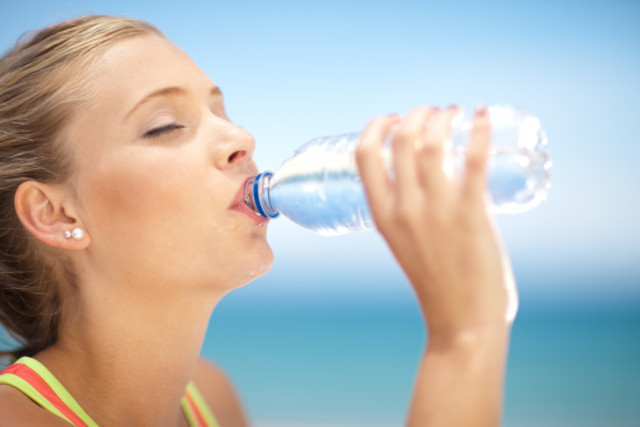Healthy, clean drinking water is something that most people take for granted. But the fact is that drinking water and healthy drinking water can mean different things to different people depending on where they are in the world.
As some of the below data reveals, some people have little to no access to clean water and it affects every aspect of their lives. Next time you leave the sink on while brushing your teeth or take an extra two minutes in the shower, just remember that there is a finite amount of fresh water in the world and the stresses of an increasing human population will only make access to clean water that much harder in the future.
Below we have compiled 20 surprising facts about water consumption that will change the way you think about it.
1. Only 2.5% of the Earth’s water is fresh (as opposed to ocean or saline water)
2. Of that 2.5% of Earth’s freshwater:
• 2% is surface water
• 1% is ground-water
• 7% is contained in glaciers and ice caps
3. Nearly 2 billion people world-wide are estimated to drink water that is contaminated with feces
4. Nearly 80% of diseases in developing countries are associated with drinking water delivered through systems with inadequate sanitary standards
5. 70% of all water consumed is through agriculture, 20% for industry and 10% for domestic use
6. Every year 3 to 4 million people die of waterborne diseases
7. Fresh water not used by humans is usually used to the benefit of forests, lakes, wetlands and coastal lagoons
8. To feed the estimated 9 billion people that will be on Earth in 2050, we will need a 19% increase in agricultural water consumption to meet the demands
9. It takes 2,025 liters of water to create 150 grams of beef and 40 liters to create one slice of bread
10. More water evaporates from reservoirs than is consumed in the agricultural, industrial and domestic sectors
11. The U.S., Estonia, New Zealand, Canada and Italy use the most water per capita annually than any other country in the world, respectively
12. The highest daily per capita consumption of drinking water is held by the U.S. and Canada at the number one and two spots, respectively
13. In Africa, people spend 40 billion hours every year walking to get water, most of which are women and children
14. It takes over 1.5 million barrels of oil to meet the U.S. demand for water bottle manufacturing
15. It is estimated to take around three liters of water to create one liter of bottled water
16. By 2025 it is estimated that two-thirds of the global population could be under stress conditions caused by water scarcity
17. 3 billion people have gained access to improved drinking water since 1990
18. Electricity costs are estimated at 5% to 30% of the total operating cost of water and wastewater utilities
19. 15% of the world’s water withdrawals are used for energy production
20. More than 40% of the world’s population is already affected by water scarcity
Source: http://filterbutler.com/
Dear User/Visitor! Please, answer on our questions: tick off one of the positions – your answer will make us able to improve our site and make it more interesting and useful!


